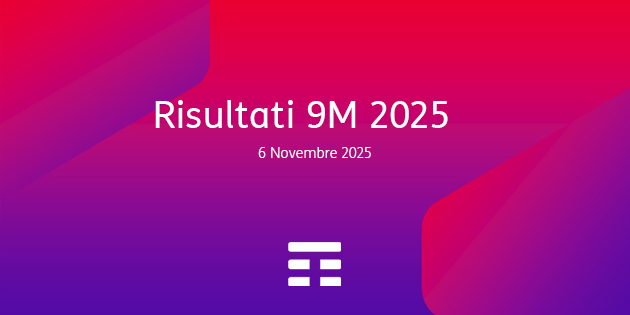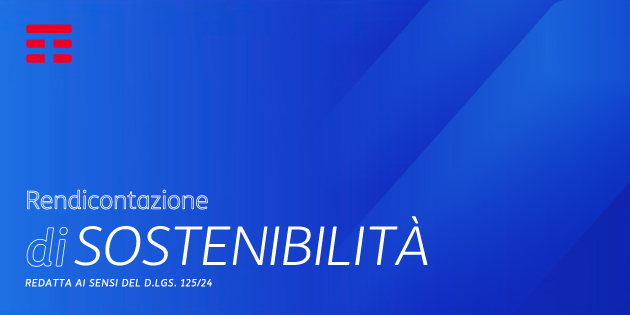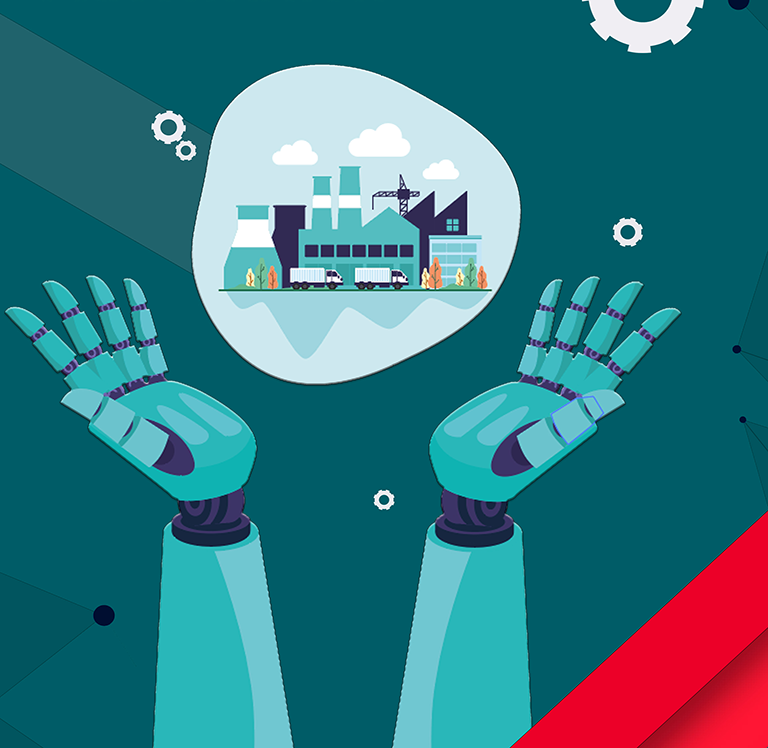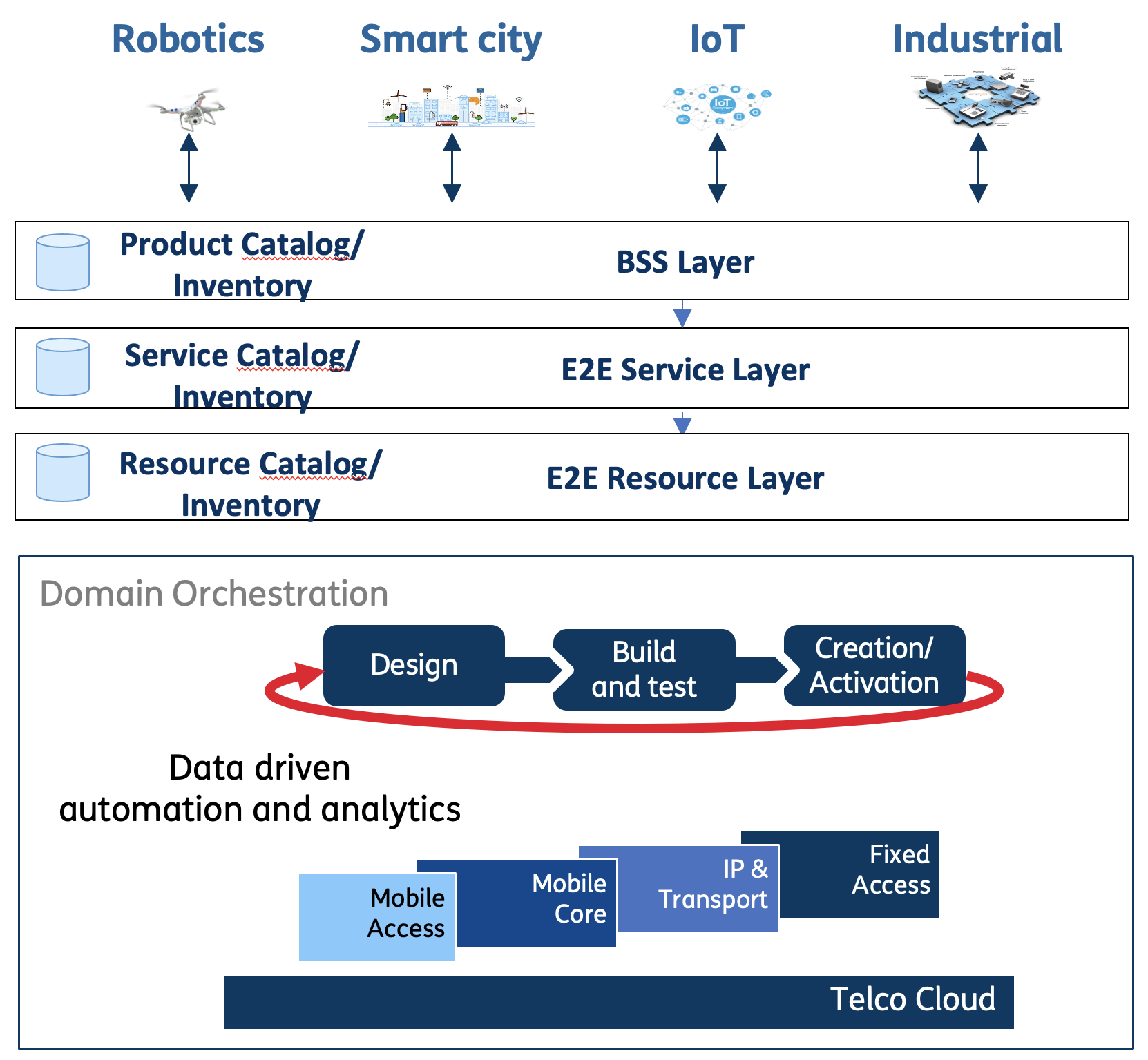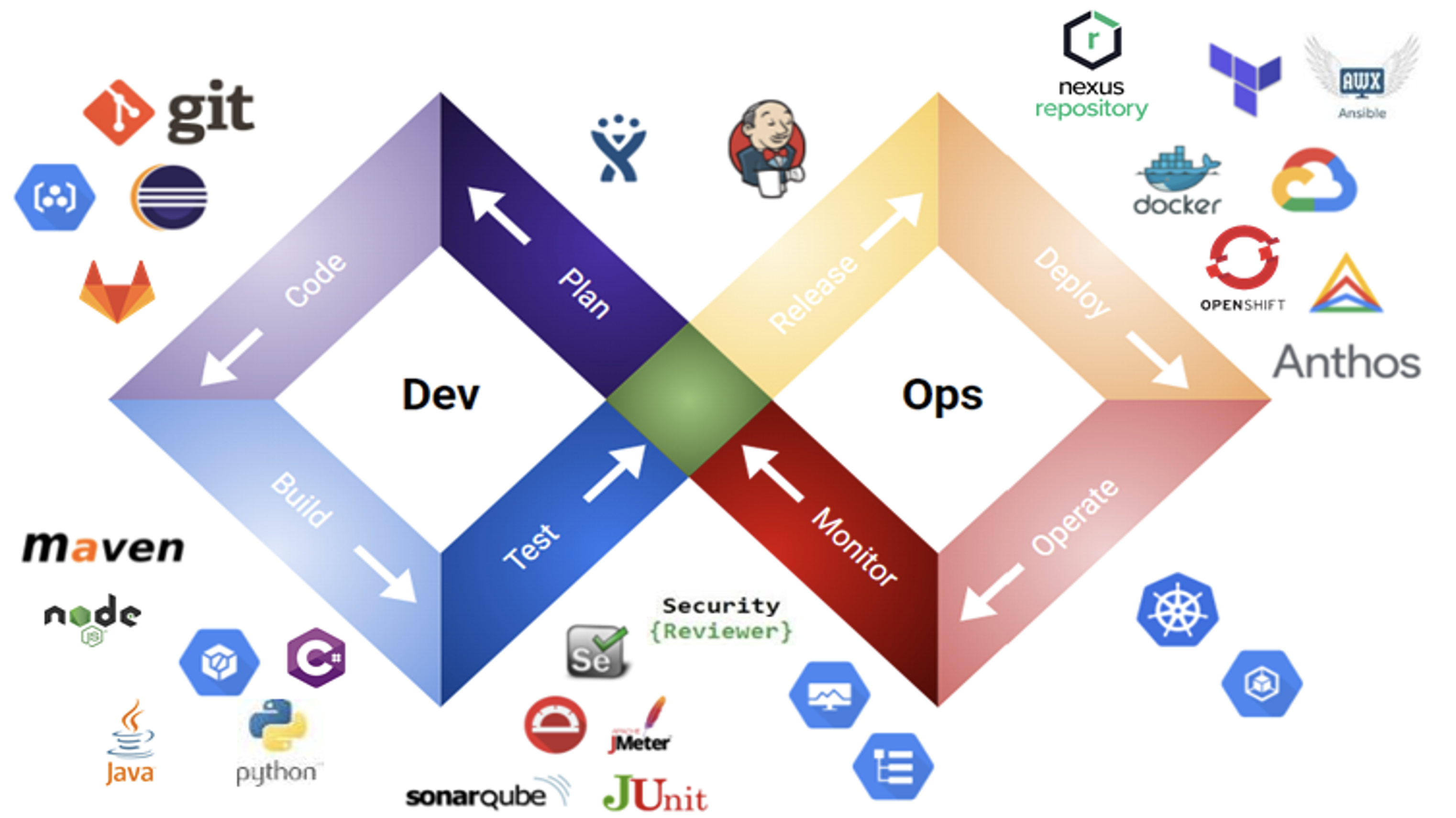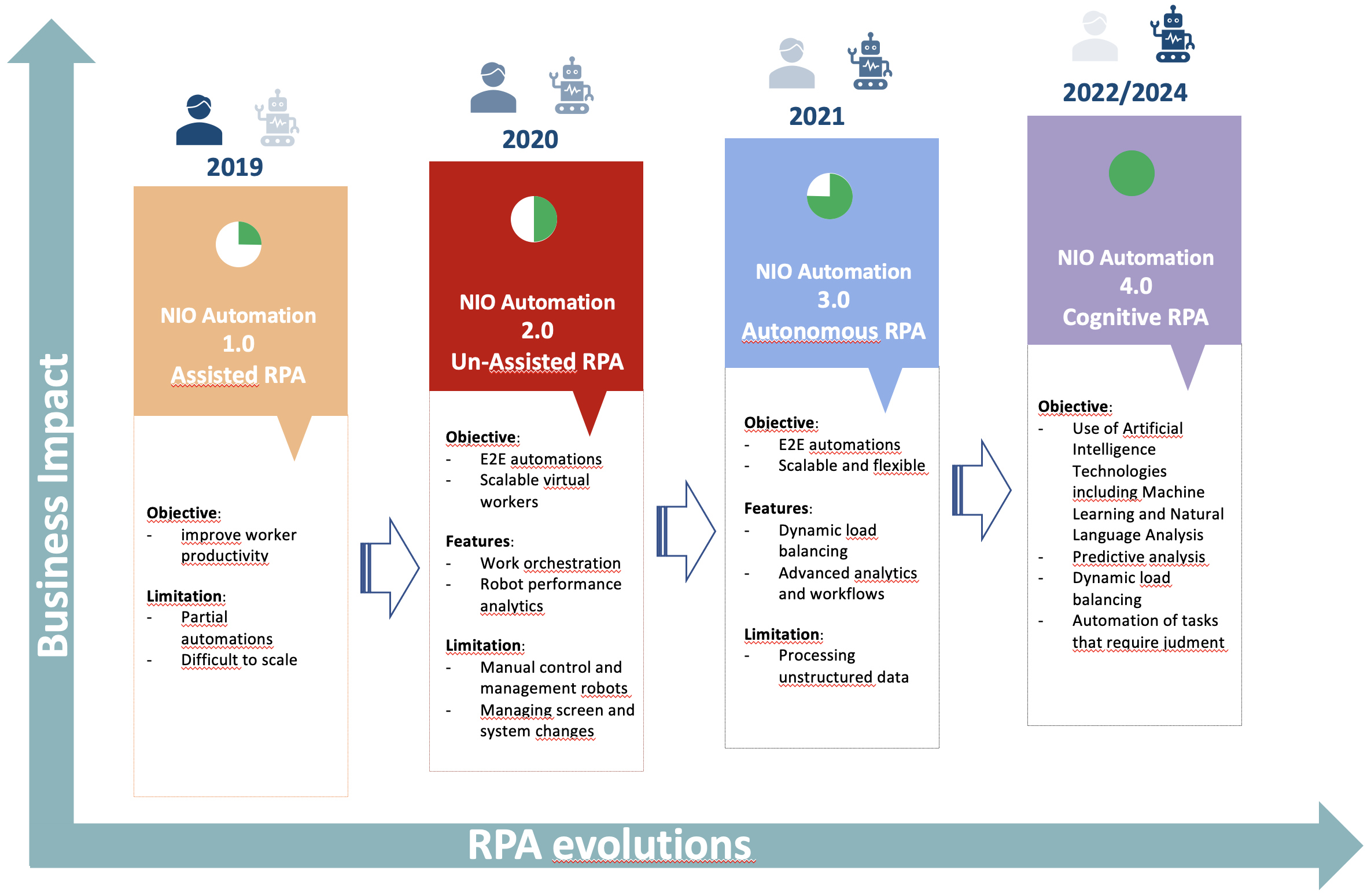3GPP: 3rd Generation Partnership Project
5GC: 5G Core
API: Application Programming Interface
CI/CD: Continuous Integration/Continuous Delivery
CNF: Cloud Native Function
DevOps: Development Operations
ENI: Experiential Networked Intelligence
EPC: Evolved Packet Core
ETSI: European Telecommunications Standards Institute
F5G: Fifth Generation Fixed Network
IETF: Internet Engineering Task Force
KPI: Key Performance Indicator
ML: Machine Learning
MTTO: Mean time To Obsolescence
MTT: Mean Time To Repair
NFV: Network Functions Virtualizations
NIO: Network Intelligent Operations
OAM: Operation, Administration and Maintenance
ONAP: Open Network Automation Platform
O-RAN: Open Radio Access Network
PoC: Proof of Concept
QoS: Quality of Service
RAN: Radio Access Network
RPA: Robotic Process Automation
SDN: Software Defined Network
SLA: Service Level Agreement
SON: Self Organizing Networks
TM Forum: TeleManagement Forum
VNF: Virtual Network Function
ZSM: Zero-touch network and Service Management

